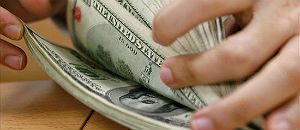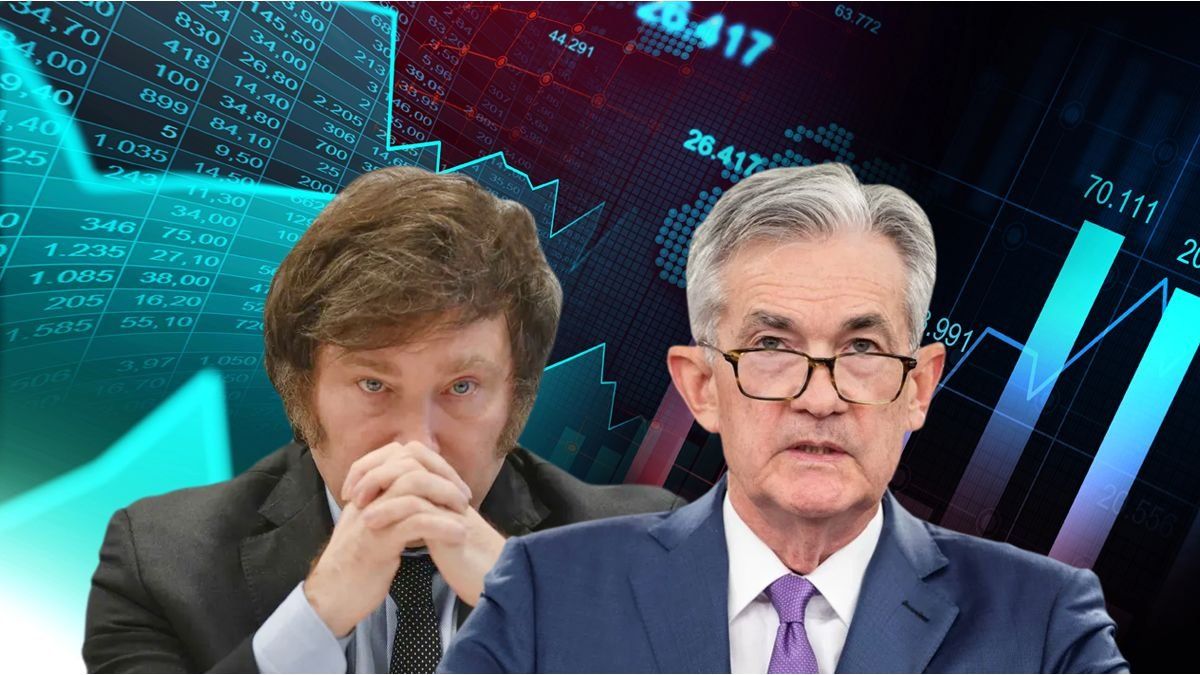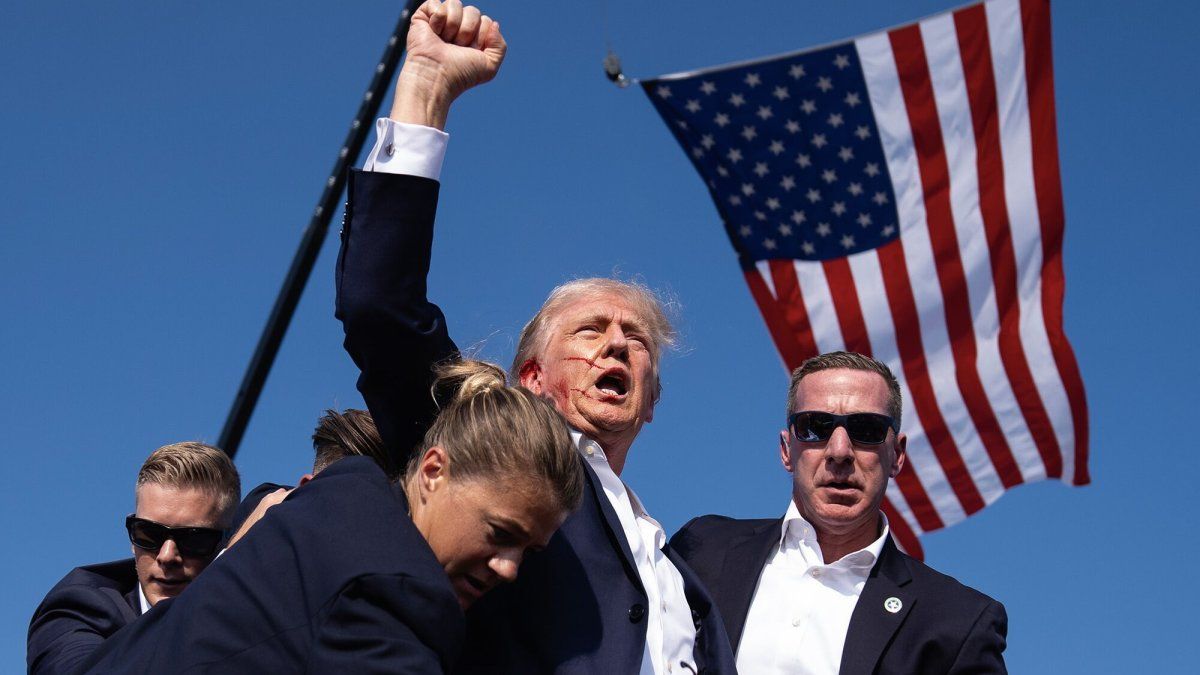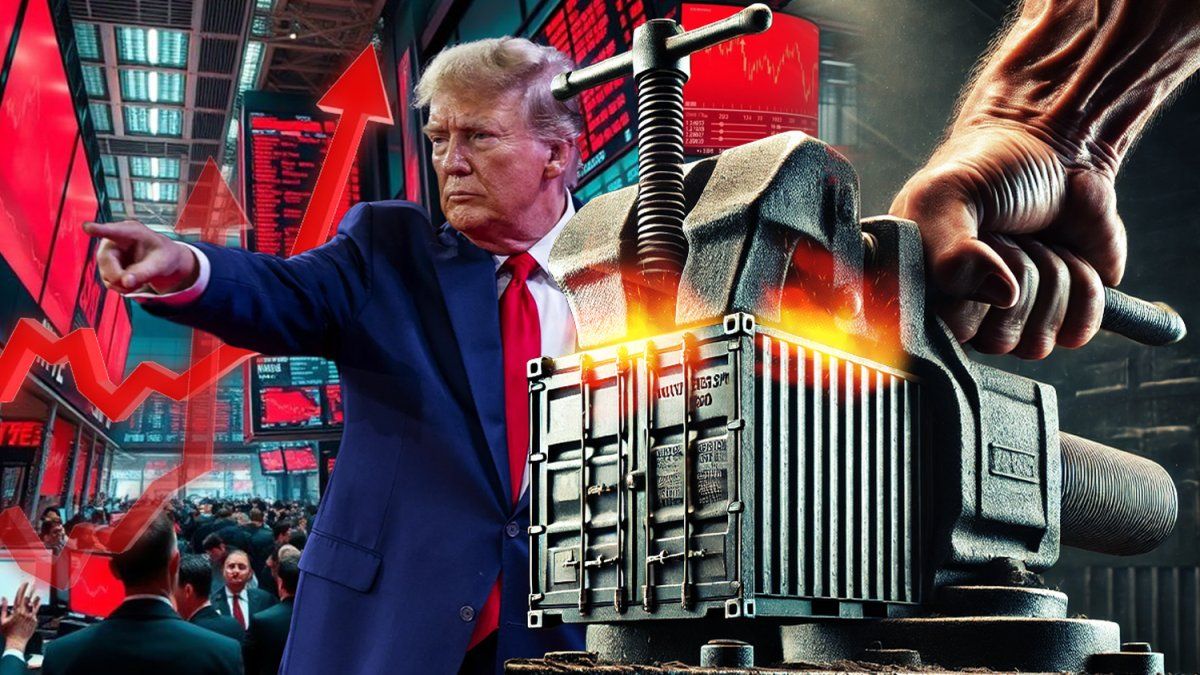Markets are on the lookout for any clues about the next steps of US monetary policy in Jackson Hole. The exchange rate figures don’t add up and everyone knows that. “Crawling peg”, “blend” and “cepo”, all in one go.
What will “JePo” do?: the look at Jackson Hole
Markets will open on Friday amid a speech by Fed Chairman Jerome Powell at the traditional meeting of central bankers from around the world, plus a few VIP guests, in Jackson Hole, Wyoming (USA). For now, the closing on Wall Street on Thursday was not auspicious – bonds and stocks fell – after the analysis of the latest minutes of the Fed and some published economic data. With all attention focused on hearing from “JePo” this Friday the signal that in September they will or will not begin to lower the interest ratethis Thursday investors learned the latest minutes of the ECB, which show that the decision to maintain the rate in July was unanimous and indicated that they could afford to wait and be patient. That is why there is also expectation for the speeches of Christine Lagarde (ECB) and Andrew Bailey (BoE).
The content you want to access is exclusive for subscribers.
But lThe big question the market has is whether the Fed’s cut will be a quarter or half a point.that is, how deep will that first cut be and whether or not it could be the only one in 2024. Perhaps, this Friday after 11 a.m. -local time- some questions will be cleared up that after the last Black Monday added new doses of fear of a recession. The most experienced experts warn that “JePo” could take a license to give news while waiting for more data on the economy. The most optimistic are betting on a 25-point drop. The rest are waiting to see how the easing of monetary policy continues after a supposed cut in September.


What issues are being watched in the market that could influence the gap between the MEP dollar and the Cable dollar?
Meanwhile, alongside the global financial world that will continue to pay attention to what happens at the event in the Rockies (“J-Hole”), the local market also has a number of details that do not allow for distraction, in the midst of a summer for foreign exchange, which some predict will last until the end of the year, depending, of course, on the stock of reserves of the BCRA. The exchange numbers don’t add up and everyone knows that. The only thing you hear about at the money tables is how the gap in missing dollars will be covered, especially as the trade surplus declines and demand and payments for imports begin to rise. The chief economist of a traditional tax management firm exemplified the issue by pointing out that, for example, last December the ratio between taxes paid and taxes accrued was 18%, that climbed to 71% in April and in July to 94%, and from August-September it begins to climb to more than 110% projecting 150% by the end of the year. In this regard, in a now traditional virtual meeting of a local tax management firm with legendary international connections since the 1980s, the question was raised whether there is a delay in imports because importers are waiting for September when the reduction of the PAIS tax begins.
Traders and investors acknowledge that under the current scheme, the government is only buying time while it walks the small bridge it built to reach a renegotiation with the IMF, and Donald Trump is already back in the Oval Office. What issues are being watched in the market that could influence the gap between the MEP dollar and the Cable dollar? There are basically half a dozen events: starting with the reduction of the PAIS tax rate, then the schedule of import payments that is shortened, the payment of Income and Personal taxes next month, then the first phase of the money laundering, as well as the moratorium, both at the end of September, the expiration of the agreement with the IMF, and finally the fate of the Blend dollar. And if there is a topic that divides the spirits it is that one, the Blend, which has proven to be a great cost to reduce the exchange gap, via the CCL. It is estimated that the BCRA stopped buying US$10,000 million because of the Blend. By the way, at a lunch reserved a few blocks from the Rosada, many complaints were heard about the investigations that have been falling on alleged liquidations of export currencies that did not comply with the 80/20. For one of the diners that explains the tenor of the flow of supply of currencies in the last few days, and that in the end, nothing changes that much.
The blue dollar climbed $15.35 and the gap exceeded 65%

Dollar, reserves and gap: The issues that concern the market.
“Crawling peg”, “blend” and trap, strictly speaking
In another financial stronghold in the northern zone there was an exchange of figures about what to do with the money. But before that there was a frenetic debate about the end of the cepo, a recurring theme in the entire financial and economic environment. For now, it is not clear how the exit will be, if there will be one, and the Government has already confirmed that it is possible to grow with the cepo. Hence, one of the most listened to consulting firms in the City made it clear that The only thing that is clear is the Government’s conviction to uphold the current scheme: “crawling peg”, “blend” and cepo, The argument is becoming more and more forceful. The interpretation is that the Government is determined that everything be coordinated with the 2% monthly “craw”. It is estimated that net reserves under the IMF methodology are located at a little more than US$4.1 billion in the negative. They projected that if nothing is done, devaluation for example, at the end of the year the net reserves would be 10 billion in the negative. The consensus is that everything will work if the economy obtains financial dollars, which with a country risk of almost 1,500 points today are not in sight beyond an eventual Repo with gold and bond guarantee, and the expectation that Trump wins and throws a lifeline to the libertarian friend.
In this regard, it was also said that, without being an ace up the sleeve, but The swap with Basel that was cancelled for US$3 billion would be kept as an option to pay in January 2025. In the exchange of figurines, it was clear that the perception of risk today is higher than in April and the situation of net reserves conditions the compression of rates. Hence, the analysis of country risk shows that there is a certain relative better performance in the long term versus the short term of “hard” dollar bonds such as AE38 vs GD38. One of the invited strategists explained that the parity of the BPOD7 vs the GD30 looks interesting since it is similar parity and short term, today it is 69% vs 54%, especially for some who go to the money laundering and do not want to pay taxes (they can still use it to pay taxes).
Regarding the case of the BCRA’s gold, it was said that by using it as collateral they obtain better rates, and that it was not believed that the US$1.2 billion had been moved for the payment of interest in January 2025 as was rumored. There was unanimous negative opinion on speculation about new Bopreal issues at the request of banks to meet January maturities. Good demand is anticipated for corporate bonds, thanks to the money laundering process, from those who do not want to pay the 5% fine. In the current menu, yields do not exceed 9% in “hard” dollars. On the other hand, on the dollar link bonds side, they pointed out that they looked expensive but offered opportunities. While on the peso bonds side, the CERs cover the risk of devaluation in the event of exchange rate unification versus the Lecaps. When it comes to making micro decisions, for treasuries they recommend the short-term Lecaps that give 44% and 52% effective and the TX26 or T2X5 that give inflation plus 5%. Of course, for those who are less fond of risk, they also offer a mix of 2-year Bopreal plus a 2-year T-Notes that promises a 12% yield with half the risk.
Redrado and Macri at the world knowledge forum
The meeting of Franklin Templeton about the BRICS where the strategist spoke Kim Catechis in Mexico and the “Barclays Day” in Brazil with several panels on key macro and financial issues affecting emerging markets, in which the Governor of the Central Bank of Brazil, Roberto Campos Netoat a time when Copom’s communication is at the forefront of investors’ minds. According to the governor, the BCB is committed to doing “whatever is necessary” to bring inflation back to the center of its 3% target, considering the possibility of rate hikes if necessary, as the board remains vigilant and depends on the data.
The speakers of the famous World Knowledge Forum in Seoul, Korea, have been announced, and there are two Argentines: Martin Redrado who will speak about economic opportunities in Latin America, global megatrends and their impact on our region, and Mauricio MacriWhat else did they discuss at these meetings, given that there were financiers who had just arrived from Wall Street?: the sale of global shares on Black Monday was almost US$90 billion, so it was expected that the CTAs would go out and buy large quantities after the fall; the price of gold seduces many after the large bars (400 ounces) reached a million dollars for the first time.
Source: Ambito




